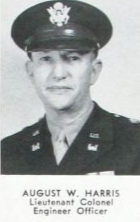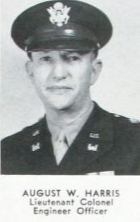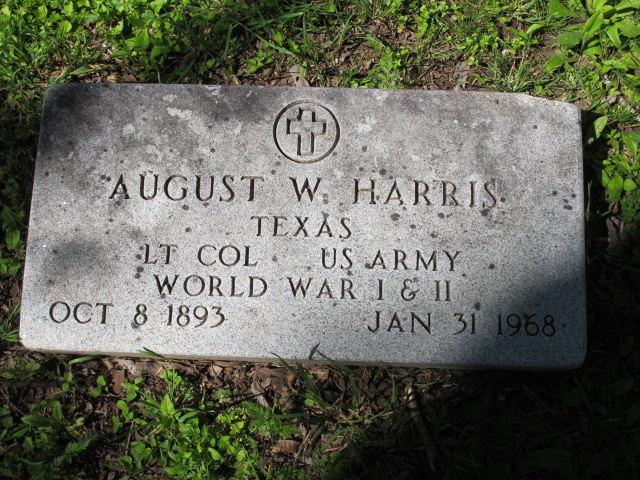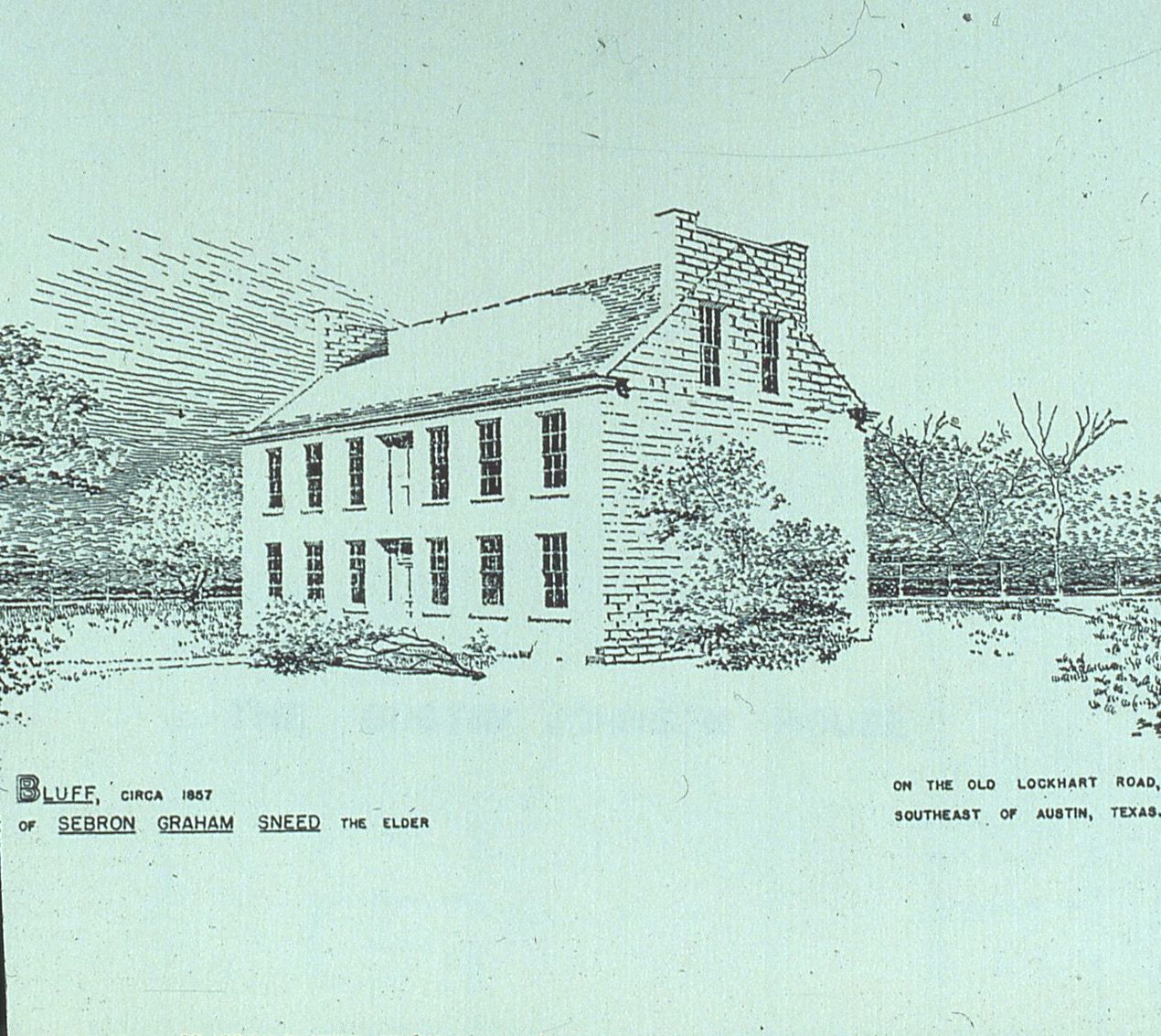By: Cherise J. Bell
Type: BiographyPublished: April 16, 2019
HARRIS, AUGUST WATKINS, SR. [WATT] (unknown–unknown).[WATT] (1893–1968). August Watkins "Watt" Harris, Sr., architect, was born on October 8, 1893, in Austin, Texas, to William Watkins Harris and Lou (Swartz) Harris. In 1910 Harris enrolled at the University of Texas at Austin (UT). There, he studied architecture and founded the Theta Xi fraternity on campus. He worked for Austin architect Dennis Walsh during and after attending UT. During World War I, he served as an officer in the United States Army in France. In 1919 he went to work for architect David R. Williams in Tampico, Mexico.
Upon returning to the United States in 1921, Harris partnered with Bertram E. Giesecke, a former University of Texas classmate, to form the architectural firm Giesecke & Harris. The firm was active throughout the state of Texas and designed residential, commercial, and public buildings, especially schools. Three of their buildings are listed on the National Register of Historic Places, while other buildings are Recorded Texas Historic Landmarks.
With the impending threat of American entry into World War II, Harris returned to military service in 1940, causing the dissolution of the Giesecke & Harris architectural firm in 1941. He was discharged in 1946, having attained the rank of lieutenant colonel. Upon returning to Austin after the war, Harris continued to practice architecture independently until he formed a partnership with his son, William. Two notable buildings designed by Harris are the State Bar of Texas building (1951) and Govalle Fire Station No. 15 (1952)—both in Austin. Harris's contributions to architecture also include research on Austin's built environment as he authored two books: Minor and Major Mansions in Early Austin (1958), and The Elgin-Butler Brick Company, 1873–1963 (1963). He was a member of the American Institute of Architects (AIA).
His civic involvement included memberships in the Austin Chamber of Commerce Military Affairs Committee, the Heritage Society of Austin, Austin's Zoning Commission, the Travis County Historical Survey Committee, the American Legion, and the National Housing Agency. He had also served as a consultant with the Austin Mayor's Emergency Housing Commission to provide housing for World War II veterans.
August Watkins Harris, Sr., married Loula MacGill Ujffy in 1922, and they had four children: Clara, August Jr., William, and Eleanor. Harris died of bronchopnuemonia during a lengthy stay at the Veteran's Administration Hospital in Waco on January 31, 1968. He was buried at the Oakwood Cemetery in Austin.
Downloaded from The Handbook of Texas Online 3/31/24
By: Cherise J. Bell
Type: BiographyPublished: April 16, 2019
HARRIS, AUGUST WATKINS, SR. [WATT] (unknown–unknown).[WATT] (1893–1968). August Watkins "Watt" Harris, Sr., architect, was born on October 8, 1893, in Austin, Texas, to William Watkins Harris and Lou (Swartz) Harris. In 1910 Harris enrolled at the University of Texas at Austin (UT). There, he studied architecture and founded the Theta Xi fraternity on campus. He worked for Austin architect Dennis Walsh during and after attending UT. During World War I, he served as an officer in the United States Army in France. In 1919 he went to work for architect David R. Williams in Tampico, Mexico.
Upon returning to the United States in 1921, Harris partnered with Bertram E. Giesecke, a former University of Texas classmate, to form the architectural firm Giesecke & Harris. The firm was active throughout the state of Texas and designed residential, commercial, and public buildings, especially schools. Three of their buildings are listed on the National Register of Historic Places, while other buildings are Recorded Texas Historic Landmarks.
With the impending threat of American entry into World War II, Harris returned to military service in 1940, causing the dissolution of the Giesecke & Harris architectural firm in 1941. He was discharged in 1946, having attained the rank of lieutenant colonel. Upon returning to Austin after the war, Harris continued to practice architecture independently until he formed a partnership with his son, William. Two notable buildings designed by Harris are the State Bar of Texas building (1951) and Govalle Fire Station No. 15 (1952)—both in Austin. Harris's contributions to architecture also include research on Austin's built environment as he authored two books: Minor and Major Mansions in Early Austin (1958), and The Elgin-Butler Brick Company, 1873–1963 (1963). He was a member of the American Institute of Architects (AIA).
His civic involvement included memberships in the Austin Chamber of Commerce Military Affairs Committee, the Heritage Society of Austin, Austin's Zoning Commission, the Travis County Historical Survey Committee, the American Legion, and the National Housing Agency. He had also served as a consultant with the Austin Mayor's Emergency Housing Commission to provide housing for World War II veterans.
August Watkins Harris, Sr., married Loula MacGill Ujffy in 1922, and they had four children: Clara, August Jr., William, and Eleanor. Harris died of bronchopnuemonia during a lengthy stay at the Veteran's Administration Hospital in Waco on January 31, 1968. He was buried at the Oakwood Cemetery in Austin.
Downloaded from The Handbook of Texas Online 3/31/24
Family Members
Sponsored by Ancestry
Advertisement
Explore more
Sponsored by Ancestry
Advertisement












